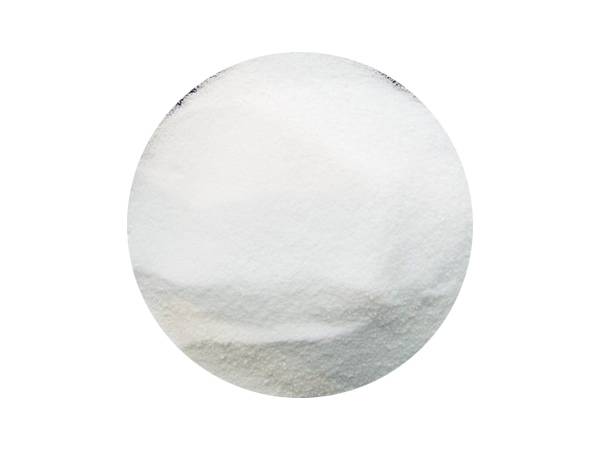



Safety Data Sheet Information for Potassium Persulfate Handling and Usage Instructions
Understanding Potassium Persulfate Safety Data Sheet Overview
Potassium persulfate, known by its chemical formula K2S2O8, is a strong oxidizing agent widely used in various industrial applications, including polymerization processes, etching of metals, and as a bleaching agent. While its utility is extensive, proper handling and awareness of safety measures are crucial due to its reactive nature. In this article, we will explore the key components highlighted in the Material Safety Data Sheet (MSDS) for potassium persulfate, emphasizing its properties, hazards, handling procedures, and first aid measures.
Chemical Properties
Potassium persulfate appears as a white crystalline solid with a slightly sweet taste. It is highly soluble in water and releases oxygen when dissolved, which contributes to its oxidizing capabilities. The substance has a melting point of 190°C and decomposes above this temperature. Its chemical structure allows it to participate in redox reactions, making it valuable in various chemical processes.
Hazards Identification
According to the MSDS, potassium persulfate is categorized as an oxidizer and a skin irritant. It can pose several health risks if not handled properly
1. Inhalation Dust particles or aerosolized droplets can cause respiratory tract irritation. Symptoms may include coughing, shortness of breath, or a burning sensation in the throat.
2. Skin Contact The chemical can cause irritation, redness, and discomfort upon contact with the skin. Prolonged exposure may lead to dermatitis.
3. Eye Contact Potassium persulfate can cause severe irritation and injury to the eyes, resulting in redness, tearing, and potential vision impairment.
4. Ingestion Ingesting potassium persulfate can lead to gastrointestinal distress, including nausea, vomiting, and abdominal pain.
5. Environmental Impact The chemical is harmful to aquatic life, and its release into water bodies can cause significant ecological damage.
Handling and Storage Guidelines
To minimize risks associated with potassium persulfate, follow these handling and storage guidelines as outlined in the MSDS
potassium persulfate msds

- Personal Protective Equipment (PPE) Always wear appropriate PPE, including gloves, safety goggles, and respiratory protection if there is a risk of inhalation. Protective clothing is recommended to prevent skin exposure.
- Ventilation Ensure that work areas are well-ventilated to prevent the accumulation of dust and vapors.
- Storage Store potassium persulfate in a cool, dry place away from direct sunlight and incompatible materials such as strong acids, reducing agents, and organic compounds. Ideally, it should be kept in tightly closed containers that are labeled properly.
- Spill Response In case of a spill, evacuate the area and ventilate it. Use a vacuum or wet sweeping methods to collect the material. Minimize dust generation and avoid creating a spark.
First Aid Measures
In the event of exposure to potassium persulfate, prompt first aid measures should be taken
- Inhalation Move the affected person to fresh air immediately. If breathing is difficult, provide oxygen. Seek medical attention if symptoms persist.
- Skin Contact Remove contaminated clothing and rinse the affected area with plenty of water for at least 15 minutes. If irritation persists, seek medical advice.
- Eye Contact Rinse eyes with copious amounts of water for at least 15 minutes while holding the eyelids open. Seek medical attention promptly.
- Ingestion Do not induce vomiting. Rinse the mouth with water and seek medical assistance immediately.
Conclusion
Potassium persulfate is a potent oxidizing agent that serves essential roles in a variety of applications. However, to ensure safety in its usage, it is imperative to understand the hazards associated with it and adhere to the guidelines provided in its Material Safety Data Sheet. By implementing appropriate handling and storage practices, wearing personal protective equipment, and being aware of first aid measures, individuals and organizations can effectively mitigate risks while utilizing potassium persulfate safely. Always consult the latest MSDS for potassium persulfate and other chemicals to remain updated on safety protocols and recommendations.
-
Why Sodium Persulfate Is Everywhere NowNewsJul.07,2025
-
Why Polyacrylamide Is in High DemandNewsJul.07,2025
-
Understanding Paint Chemicals and Their ApplicationsNewsJul.07,2025
-
Smart Use Of Mining ChemicalsNewsJul.07,2025
-
Practical Uses of Potassium MonopersulfateNewsJul.07,2025
-
Agrochemicals In Real FarmingNewsJul.07,2025
-
Sodium Chlorite Hot UsesNewsJul.01,2025










